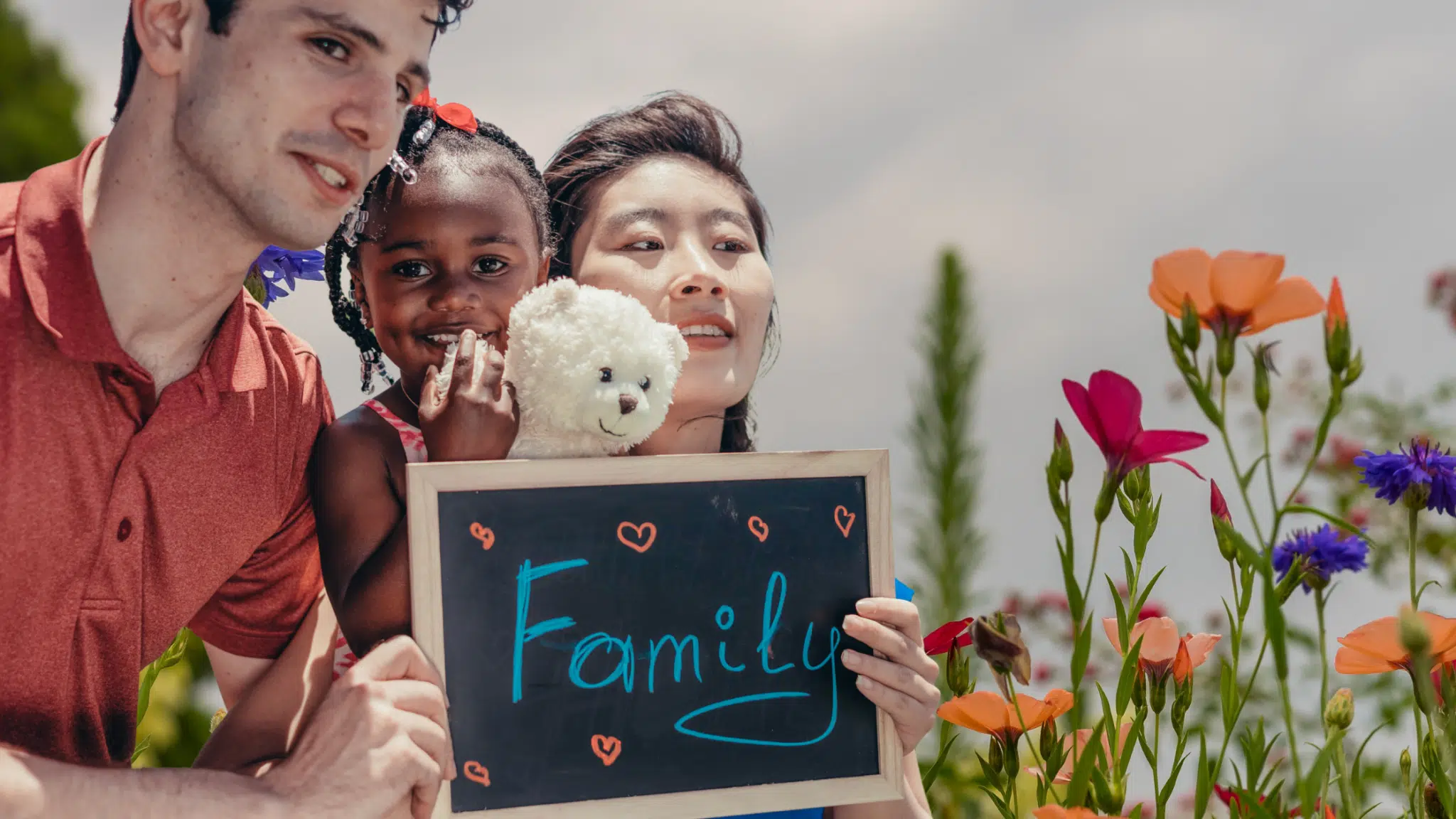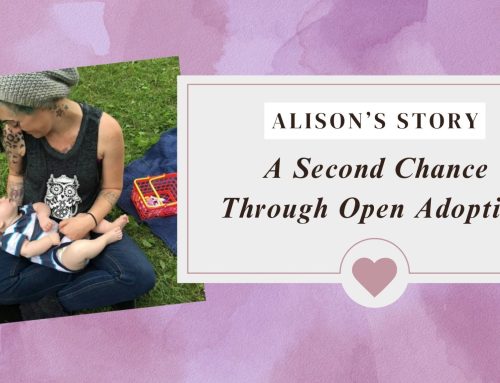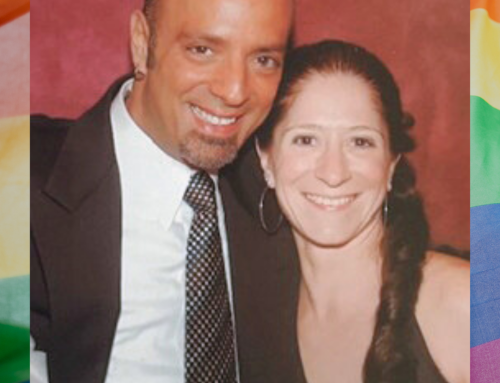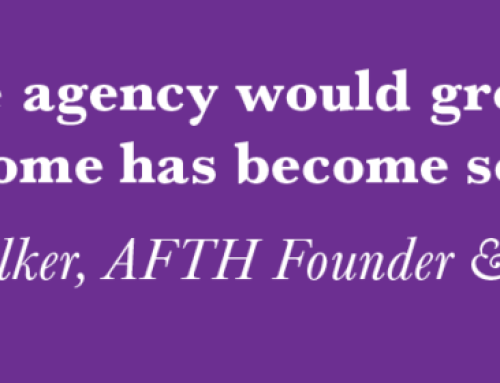
Black History Month has arrived and being fully educated on African American culture can be difficult. We at Adoptions From The Heart want to seize the opportunity to build on the cultural competency of our community. Specifically, our transracial adoptive parents raising or looking to raise a Black child.
Addressing Questions & Differences
Some transracial adoptive parents feel avoiding discussions about race and appearance is the best choice. However, this can lead their transracially adopted child to feel their culture should be suppressed and ignored. It’s so important for African American culture to be celebrated. This becomes even more essential when a Black child is in a family and/or neighborhood consisting mostly of another race. Instead of ignoring race, adoptive parents should promote discussions of African American culture and support their child’s curiosities. When questions arise, show your child you care in your response and work with them to find answers.
If your child has little to no representation of Black beauty and culture in their adoptive family or community, consider exploring examples with them. These examples may include celebrities with similar hair, Black figures with the same skin color, or peer discussions on race like this. Even with significant representation around your child, growing up Black has a specific set of harmful experiences that can still find your child and cause trauma. Discussions of their race can get you ahead of these inevitable experiences by grounding your child with a positive outlook.
Also, consider discussing your child’s questions with their birth parents if possible. They may be able to offer advice specific to the adopted child based on struggles the birth parents have experienced. The most effective thing you can do for yourself and your child is to support their cultural curiosity.
Celebrating Black Features
Physical differences should also be addressed lovingly and openly. Telling your transracially adopted child that they are “just the same” as the alternate race is more of a blanket statement than a healing one. Instead, address that while your child may look different, everyone is beautiful in their own right. Highlight that one person’s beauty standards vary from the next and no individual’s opinion should rule how your child sees themself.
Uplifting your child as a member of the Black community does not mean putting down another race. Again, promoting Black beauty and hair can be very effective. Let them see Black superheroes like Storm, Catwoman, and the Black Panther. Introduce Olympic athletes like Simone Biles, fellow adoptee, and Sha’Carri Richardson while exploring how they each uplift Black culture. Powerful examples like these guide your child to know they can do just as much if not more than everyone else.
Openness to Learn More
Finally, your words and tone can speak heavily to your underlying ideas of another race. For example, being surprised by a Black person’s articulated speech is very inappropriate and speaks to how you think of African Americans as a whole. Stereotypes can lie within all of us without our awareness. However, reflecting on your inner ideas from which these thoughts stem will lead you down the path to eradicating any stereotyping ideas. Additionally, remain open to perspectives from other races. Another race’s reaction to your ideas and thoughts can illustrate how you’re being received. If something you said or did bothered someone of another race, reflect on why this may be or ask someone you feel safe with. If you feel unsure about the offensiveness of something, find videos or articles that address similar topics.
In addition to the tips included in this blog, we offer courses and support groups focused on transracial adoption once a month. You can select from courses for adoptive parents or adopted children. Feel free to bring members of your family who would also like to learn more. To sign up, view the upcoming course list below and email StephanieC@afth.org.




